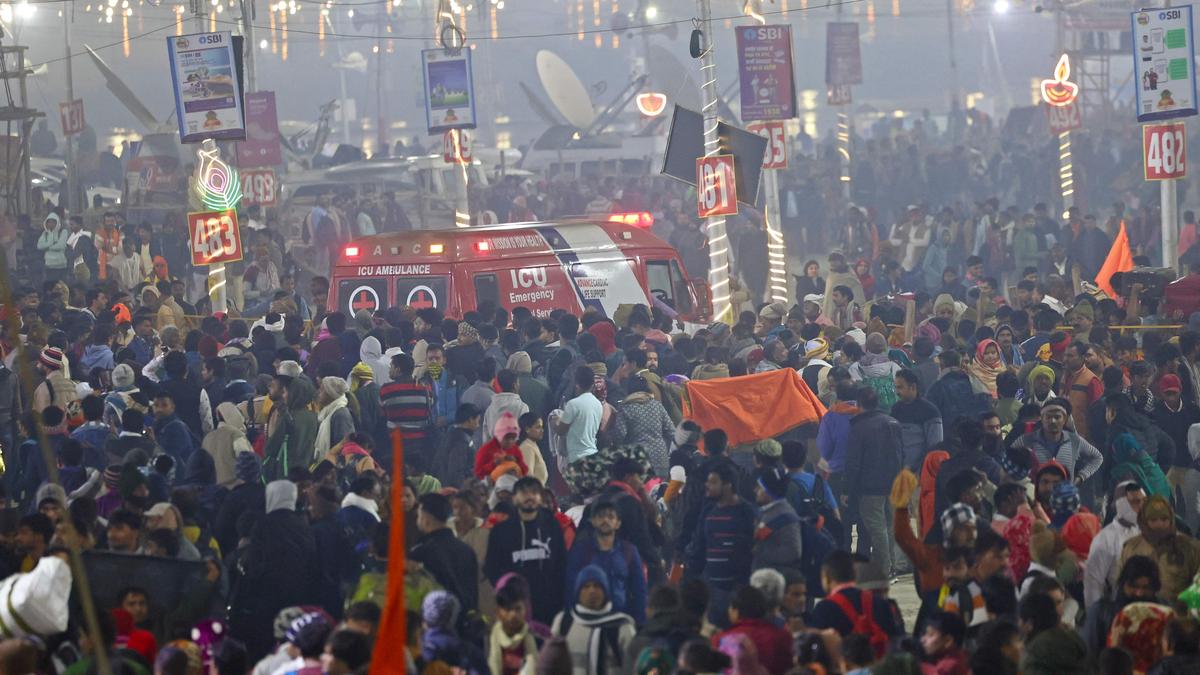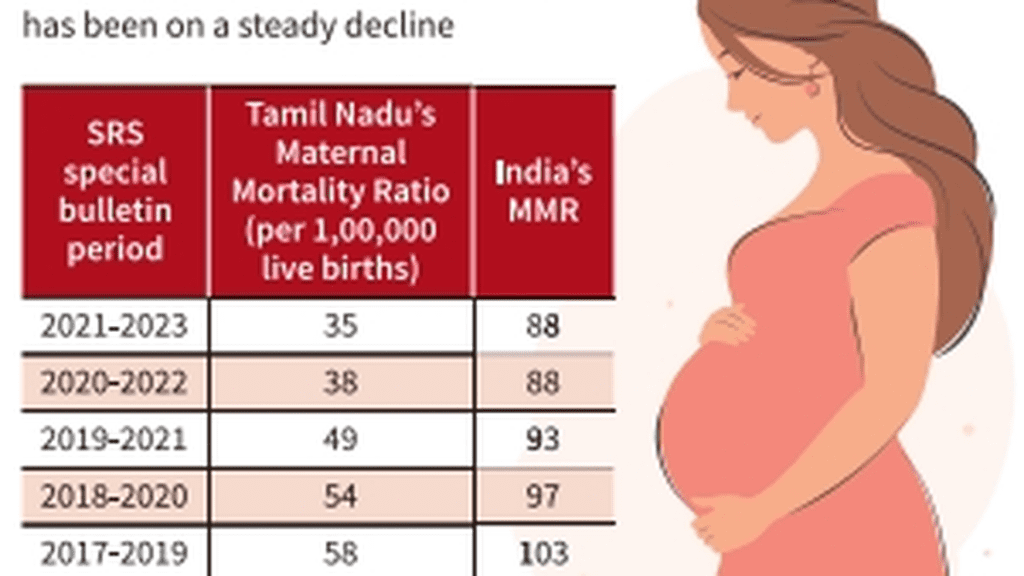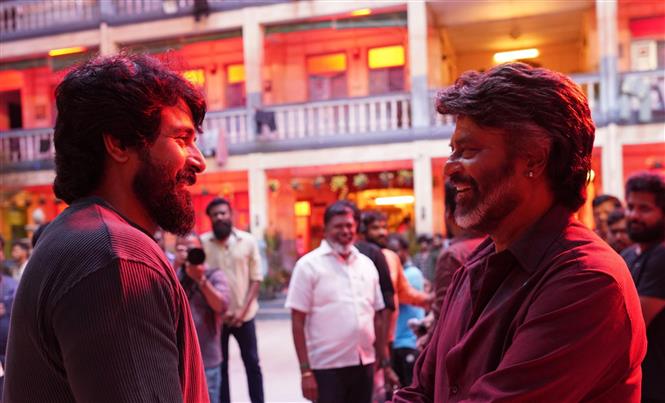The science is clear, crowd disasters are preventable Premium

The science is clear, crowd disasters are preventable Premium
This week, in India, 30 people were killed in a deadly crowd crush that occurred at the Maha Kumbh. This writer’s heart goes out to their families and friends. Tragedies such as this one have become far too common across the world at religious pilgrimages, sporting events, and even music concerts. As someone who studies crowd disasters, what makes them even more terrible is that they are almost entirely preventable.
Crowd crushes are dangerous, deadly, and immensely scary. They are also scientifically well understood, easy to predict, and inexpensive to prevent. Yet, they continue to occur with surprising frequency in highly modern societies. While this writer joins the people of India in mourning the shocking and senseless loss of life, it is her hope that governments and event organisers everywhere use this tragedy as an opportunity to commit to making the changes necessary to keep crowds safe.
Crowd crushes occur when the density of a crowd becomes too high. Scientific studies have repeatedly shown that, at crowd densities of five persons per square metre, there is a risk of crowd injuries, and that at seven people per sq.m or more, the likelihood of death or serious injury is high. Crowd density is strongly influenced by the physical space around the crowd. If, for example, a crowd must navigate or gather in a space that is too small, crowd density can increase to dangerous levels rapidly and become deadly. Preliminary reporting from the Maha Kumbh suggests that this is precisely what happened there: a large crowd developed behind a barrier, compressing its members into a dangerous density with tragic consequences.
Similar disasters have occurred all throughout the world in recent years. In November 2021, 10 people were killed in a crowd disaster at a live music concert in Houston, Texas, U.S. In October 2022, a crowd crush in Itaewon, South Korea killed 159 people at a Halloween festival. In April 2023, nearly 90 people were killed in Sanaa, Yemen, at a charity distribution event. And, in December 2024, 35 people were killed at a religious festival in Nigeria.
These examples are just a small sampling of a type of catastrophe that happens more often than people may think.
So, why do these injuries and deaths keep happening after so many high-profile disasters? If you believe many of the news stories and commentary that often surround such tragedies, these crushes are the fault of crowds that are “out of control”. We are too quick to blame the victims in these scenarios, and too eager to use conventional wisdom, stereotypes, and rules of thumb as substitutes for actual science.
But, the science itself is clear: preventing crowd crush requires keeping crowd densities at safe levels, and the only entities who can do so effectively are the local governments, event organisers, and promoters who plan and oversee these large events. Individual members of crowds themselves have a very limited ability to perceive what is happening to the crowd as a whole, and virtually no ability to control it. Once a crowd reaches a dangerous density, moreover, nobody in the crowd can meaningfully influence what is happening around them. In fact, at that point, the crowd members themselves may not even be able to take a full breath.
Event planners and local governments can take relatively easy steps to nearly eliminate the risk of crowd crush. They can open more entries and exits. They can stagger arrival times for large events. They can make sure passageways travelled by crowds are free from debris and other obstacles that might compress the crowd into bottlenecks. They can also segment the crowd into groups to prevent a sudden crowd surge. Planners do this each year on New Year’s Eve at Times Square in New York City: placing the crowd into segmented areas of roughly 100 people each to prevent the massive crowd from clustering in ways that might create a dangerous crowd density. It is simple, it is relatively inexpensive, and it works.
The problem is that, currently, in most nations, nothing requires promoters, planners, or local governments to do any of this. Worse, event organisers themselves have a vested interest in keeping such laws off the books. Instead, they have a strong economic incentive to pack as many people as possible into events to maximise ticket, food, and merchandise sales.
The tragedy at the Maha Kumbh, however, should inspire governments everywhere to reconsider their hands-off approach to crowd crush and pass sensible laws and regulations requiring event planners, promoters, and venues to take the basic steps needed to reduce the risk to individuals at large events. Even small amounts of planning and minimal changes to a venue can almost eliminate the risk that crowd members will be injured, trampled, or squeezed to death on their feet while still allowing everyone to have a good time. The cost of waiting to make such changes will continue to be measured in human lives.
Tracy Hresko Pearl is William J. Alley Professor of Law, University of Oklahoma, U.S.










